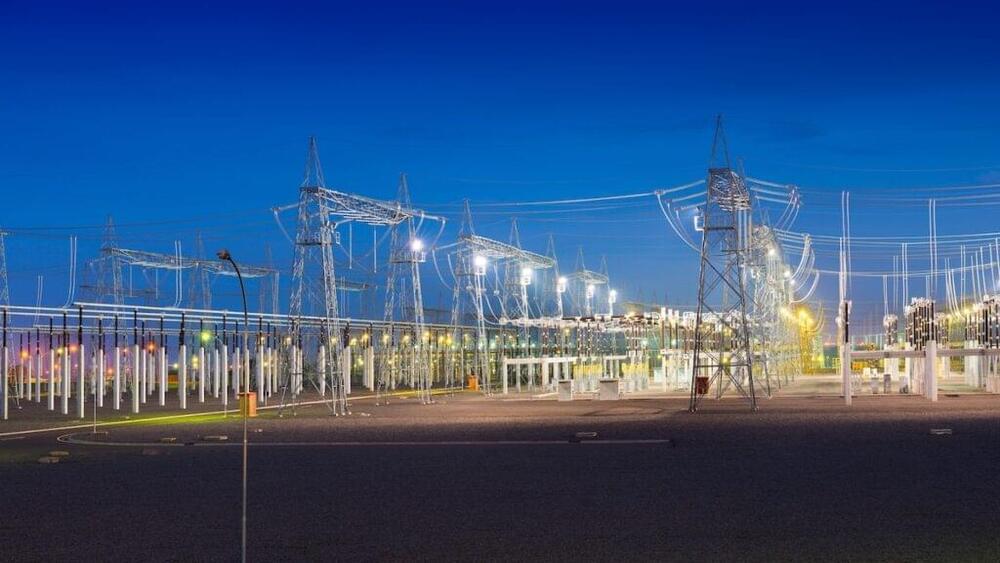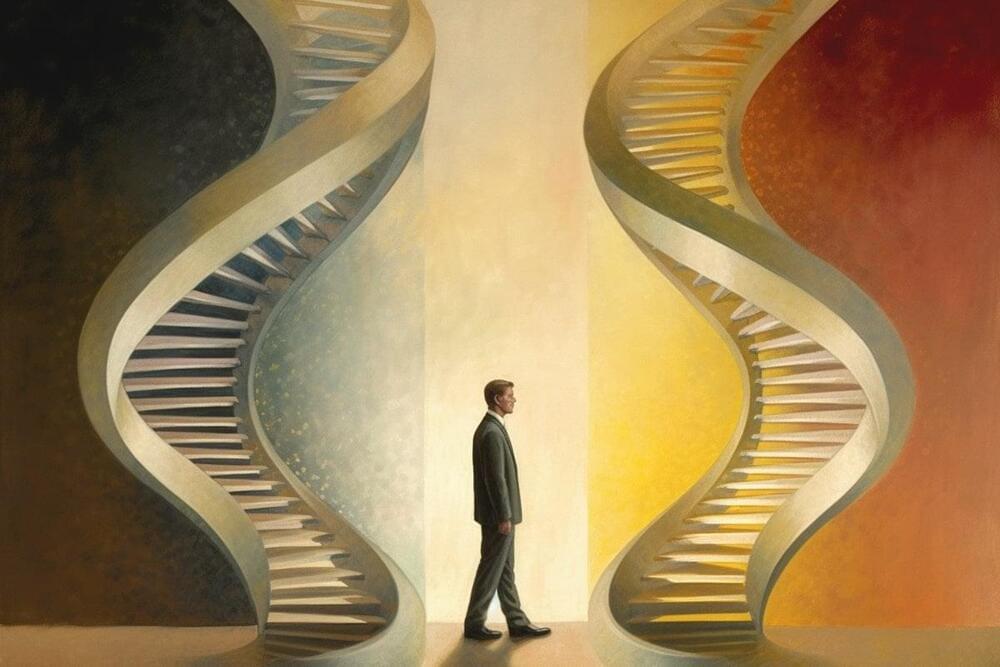As companies race to develop more products powered by artificial intelligence, Microsoft president Brad Smith has issued a stark warning about deep fakes. Deep fakes use a form of AI to generate completely new video or audio, with the end goal of portraying something that did not actually occur in reality. But as AI quickly gets better at mimicking reality, big questions remain over how to regulate it. In short, Mr Smith said, “we must always ensure that AI remains under human control”.
Follow us:
CNA: https://cna.asia.
CNA Lifestyle: http://www.cnalifestyle.com.
Facebook: https://www.facebook.com/channelnewsasia.
Instagram: https://www.instagram.com/channelnewsasia.
Twitter: https://www.twitter.com/channelnewsasia.
TikTok: https://www.tiktok.com/@channelnewsasia






